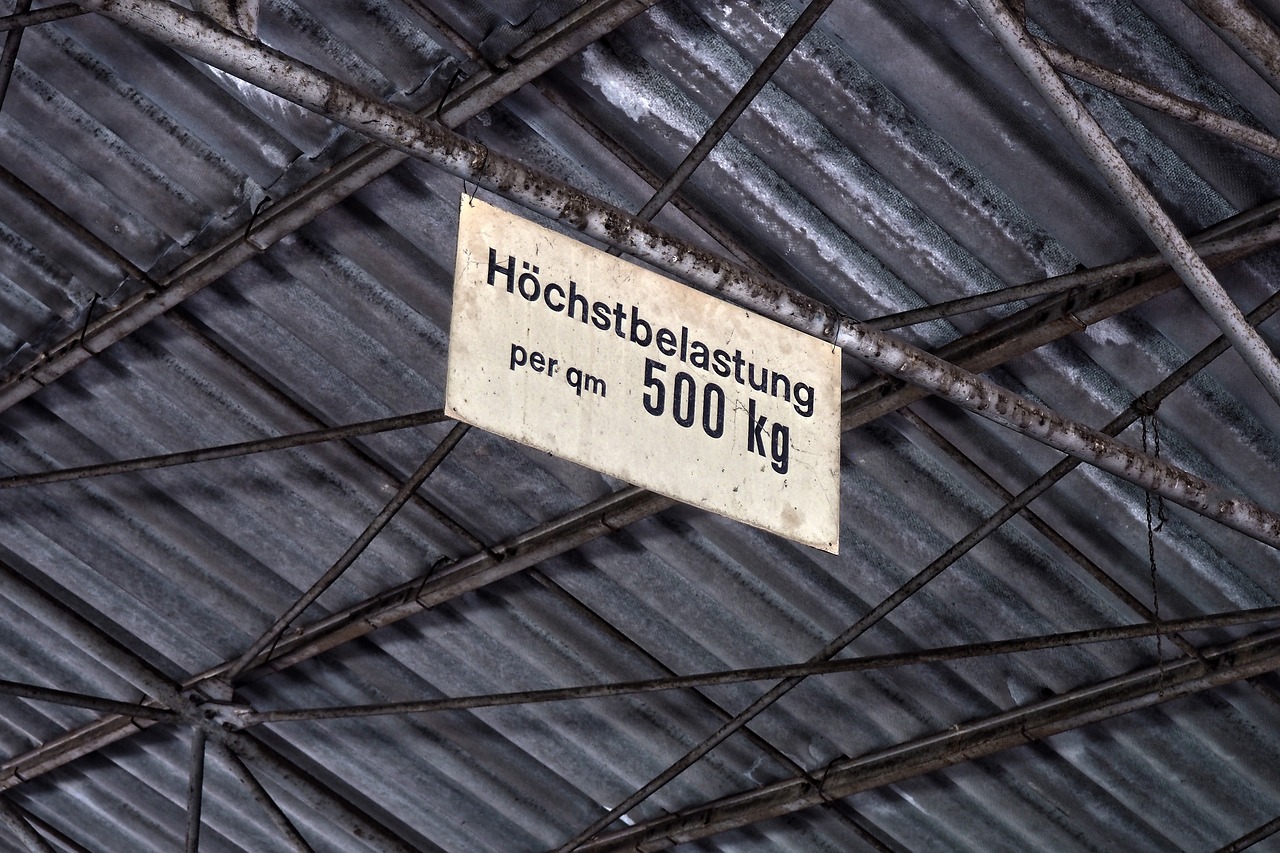Title: Reasons for the Low Prices of Communication Cables
Communication cables are an essential component of modern-day communication systems. However, the low prices of communication cables in recent years have sparked concerns among experts. There are several reasons for the low prices of communication cables. Firstly, the rapid development of technology has led to the production of large quantities of communication cables, resulting in oversupply. This oversupply has driven down the prices of communication cables. Secondly, the competition among manufacturers has resulted in a reduction in profit margins, leading to lower prices. Additionally, the increasing globalization of the economy has resulted in increased competition from foreign companies, which has further lowered the prices of communication cables. Despite the low prices, it is important to ensure that the quality of communication cables meets industry standards to maintain reliable and safe communication systems. In conclusion, while the low prices of communication cables may be beneficial in terms of accessibility, it is crucial to address potential quality concerns and regulate the industry to ensure long-term reliability and safety.
Introduction
Communication cables play a crucial role in the transmission of information and data over long distances. They are used in various applications, including telecommunication, internet service providers (ISPs), cable television networks, and power grids. The price of communication cables is a critical factor that affects their availability, accessibility, and affordability. This article explores the reasons why communication cables are typically cheaper than other types of wires and cables.
Low-cost materials

One of the primary reasons why communication cables have lower prices is due to the use of low-cost materials in their manufacture. Communication cables are typically made from PVC (polyvinyl chloride), which is a relatively inexpensive plastic material. PVC has excellent insulation properties, making it an ideal material for cables used in electrical and electronic applications. Furthermore, PVC is easy to mold, process, and assemble into different shapes and sizes, making it cost-effective for manufacturers.
Mass production
Another reason why communication cables are more affordable than other types of wires and cables is their mass production. Communication cables are manufactured using advanced manufacturing techniques, such as continuous casting and rolling, which allow for high production volumes at a lower per-unit cost. This mass production also allows for efficient distribution channels, minimizing transportation costs and ensuring timely delivery to customers. Additionally, large-scale manufacturing enables manufacturers to negotiate better deals with suppliers, further reducing the cost of raw materials.
Higher demand-supply dynamics
The higher demand for communication cables compared to other types of wires and cables also contributes to their lower prices. As the world becomes increasingly reliant on technology and digital communication, there is a greater need for communication cables to transmit data across long distances. This increased demand drives up the price of communication cables, which in turn motivates manufacturers to invest in more production capacity to meet the growing demand. On the flip side, a decrease in demand can lead to lower prices as manufacturers may reduce their production volumes to save costs.
Lower profit margins
Communication cable manufacturers typically operate with lower profit margins compared to other industries. This is because communication cables are often considered commodity goods that compete on price rather than quality or innovation. To remain competitive in this market, manufacturers must keep their prices low while still maintaining profitability. By using low-cost materials, streamlining production processes, and focusing on mass production, communication cable manufacturers can offer products at attractive prices while still generating profits.
Competition from alternative materials and technologies
In recent years, there has been increased innovation in alternative materials and technologies for communication cables. Examples include fiber optic cables, wireless communication systems, and satellite communications. These alternatives offer several advantages over traditional communication cables, including higher bandwidths, faster speeds, and reduced signal interference. However, they often come with a higher upfront cost due to their specialized design and manufacturing processes. As a result, some manufacturers may choose to continue producing communication cables using traditional methods to maintain their competitive edge and price positioning.
Conclusion
In conclusion, communication cables are typically cheaper than other types of wires and cables due to several factors, including the use of low-cost materials, mass production, higher demand-supply dynamics, lower profit margins, and competition from alternative materials and technologies. While this makes communication cables more accessible and affordable for consumers, it also means that manufacturers must be vigilant about maintaining their competitiveness by continuously improving efficiency and reducing costs. As technology continues to evolve, it is likely that communication cables will become even more essential in our interconnected world, driving down prices even further and transforming the way we communicate and share information.
Articles related to the knowledge points of this article:
Supplying Flame-Retardant Communication Cables
The Spacing between Layers of Communication Cables
Title: Recruitment Notice for Communication Cable Laying Engineering
Title: Chromatography of 30 Pairs of Communication Cables for Improved Performance
Title: Understanding Telecommunications Cable Grade Requirements